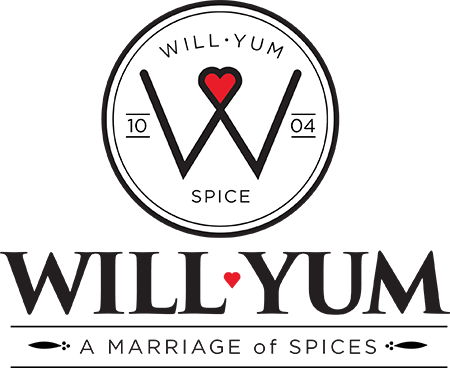
Source: The Washington Post
Every year, dozen of new cooking tools and gadgets hit the market, each billed as a "must-have" for healthy cooking. Like the latest kids' toy, most will sit unused, taking up valuable shelf space as soon as the novelty wears off.
But a handful of kitchen tools stand the test of time when it comes to healthy cooking. They have become indispensable because they make meal prep easier, have multiple uses and/or vastly expand the repertoire of good-for-you dishes you can prepare without spending inordinate time in the kitchen. I created this list by considering the tools I miss most when I am away from home, staying at a rental condo or at the home of a friend who is less cooking-inclined.
RASP GRATER/ZESTER These slender graters with small, sharp holes make it easier to add big, healthy flavor to dishes because they are, hands down, the best tool for zesting citrus, grating fresh ginger root and spices such as nutmeg, and shaving hard cheeses such as Parmesan extra fine-so a little goes a long way flavor-wise. They are often referred to by the brand name, Microplane, which, like Band-Aid, has come to define the category. Micorplanes were originally designed to be woodworking tools, but once they caught the attention of chefs for their unparalleled utility in the kitchen, they became a must-have for cooks.
LARGE NONSTICK SKILLET My core cookware is stainless steel, which is best for browning food, and I have a small, beloved collection of cast-iron pans, which, because they are well seasoned, help prevent food from sticking, to a degree. When I really need food to slip out the pan easily, I go to my large nonstick skillet. It's light enough to lift easily (unlike cast iron), and because food releases so effortlessly from it, it makes cooking egg dishes pancakes, fish fillets and the like simple. And with nonstick, you can use less oil.
When buying a non stick skillet, look for one that is free of PFOA, a harmful chemical used in traditional nonstick coatings. Most major manufacturers have stopped using it at the urging of the Environmental Protection Agency. Always follow the manufacturer's instructions to ensure safe use of the pan.
POWERFUL BLENDER You don't have to spend a fortune on a lender, but buy the most powerful one your budget will allow. This appliance can open the door to many delicious fruit-and vegetable-centric dishes, and the better quality the blender, the smoother (pun intended) your prep will be. A countertop model with a strong motor (at least 500 watts) will churn out think, frothy smoothies, velvety vegetable soups, luscious fruit-based sauces and even ice-cream-like treats made of frozen fruits. I don't think its an exaggeration to say a good blender is an appliance that can help transform the way you cook and eat.
SALAD SPINNER The first step to a lovely, leafy salad is to ensure that the greens are grit-free and well dried because no one wants a sandy salad, and wet lettuce means a watered-down, unappealing dressing. A salad spinner takes up a lot of cupboard space, but it is well worth it, as it makes the process much easier and potentially less wasteful.
Besides working like a centrifuge to dry greens thoroughly, salad spinners also provide a vessel to clean them optimally, first by immersing them in water, which allows dirt to fall away. It's much more environmentally friendly than rinsing leaves under water and drying them with paper towels that are then tossed out, and you have to admit it's somewhat entertaining to press the level or turn the crank and watch the greens spin. (Kids love to do this.) When greens are easier to wash and dry, you're more likely to prepare a salad.
FOOD PROCESSOR (WITH A SMALL BOWL) I don't need my food processor every day or even every week, but there are many healthy recipes I rely on that would require quite a bit of chopping and grinding and would probably rarely get made in my busy home without it. I use my food processor to make pesto and other herb sauces, dips such as hummus, and fresh whole-grain bread crumbs, and to chop nuts or grate vegetables, to name a few basics. My buying adve: If you get a large food processor, make sure it includes a small bowl, too, so you can easily work with smaller qualities, or consider picking up an inexpensive mini chopper for that purpose.
STEAMER BASKET At about $8 for a basic stainless-steel steamer basket that fits into most pots and collapses for storage, there is no reason not to have this important healthy-cooking tool. Steaming is one of the healthiest ways to cook vegetables because it doesn't add calories or unhealthy fat, as frying does, and it minimizes the vegetables' contact with water, as in boiling, which leaches out nutrients such as vitamin C and B. I always steam my potatoes instead of boiling them for salads and mashed potatoes, and I lightly steam green beans, broccoli and asparagus before chilling them for salads or crudites or before giving them a quick saute with perhaps some garlic, lemon and olive oil. Its a small, inexpensive tool that goes a long way toward eating well.
by Ellie Krieger
SOURCE: The Washington Post
